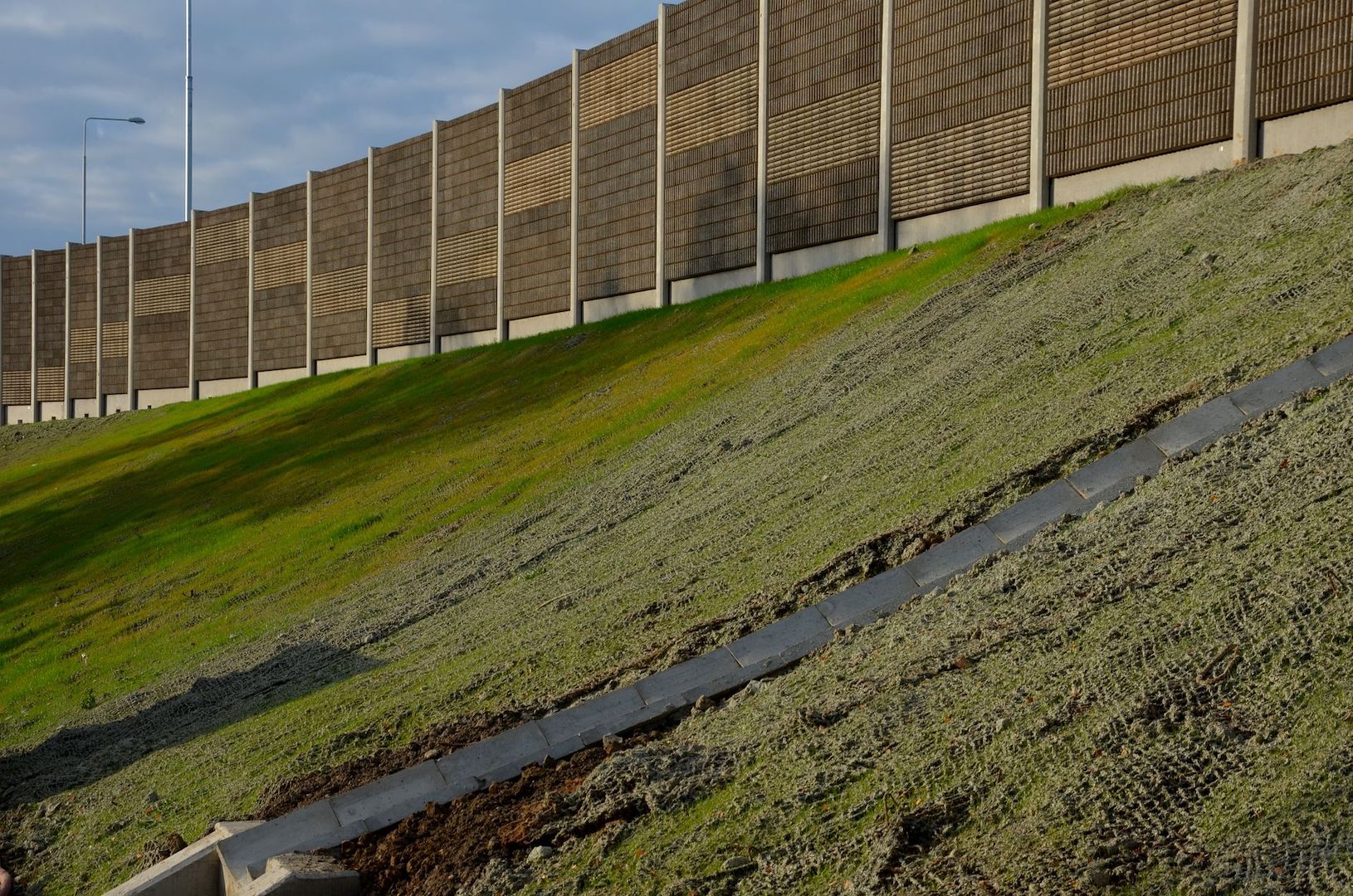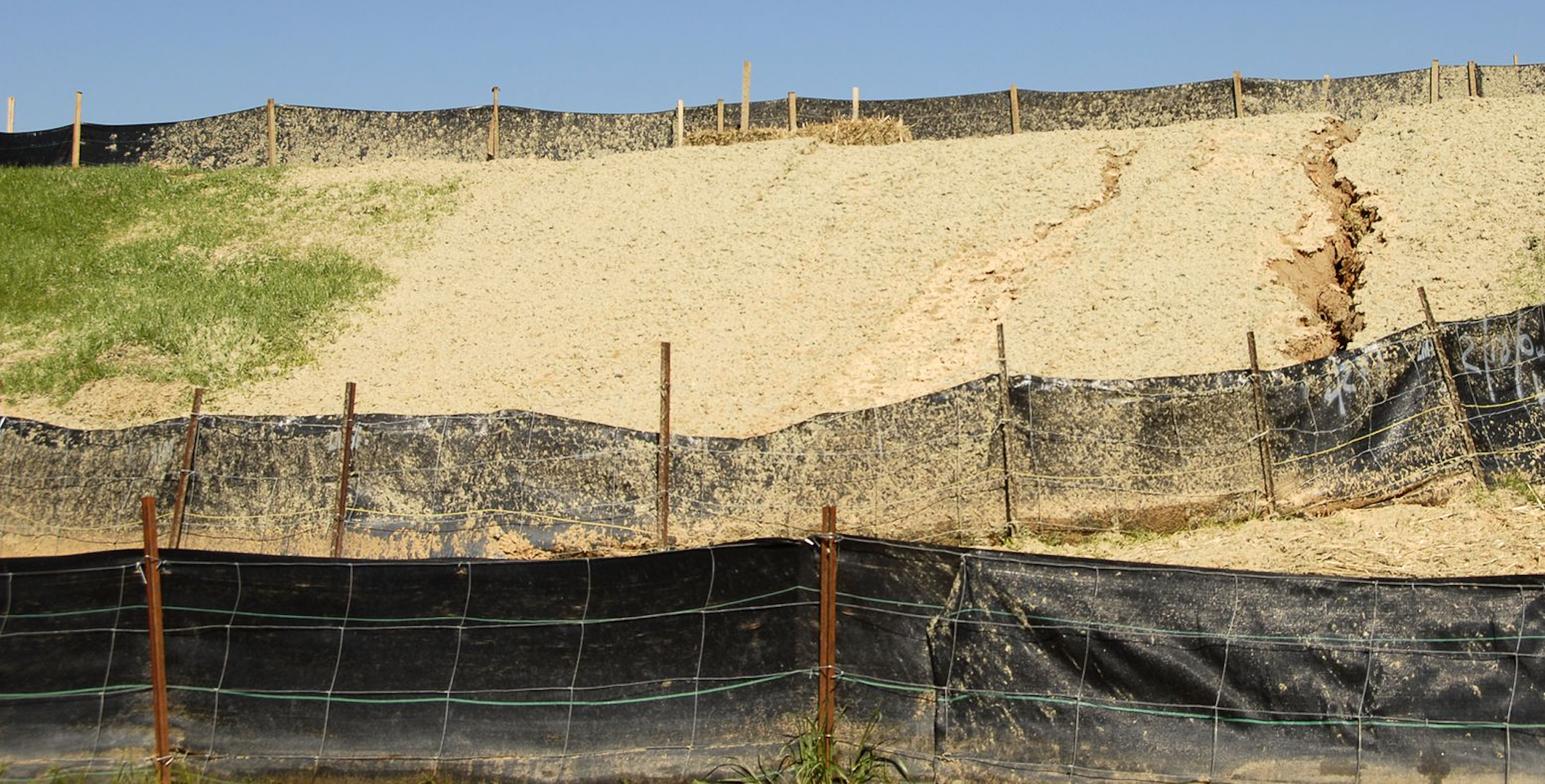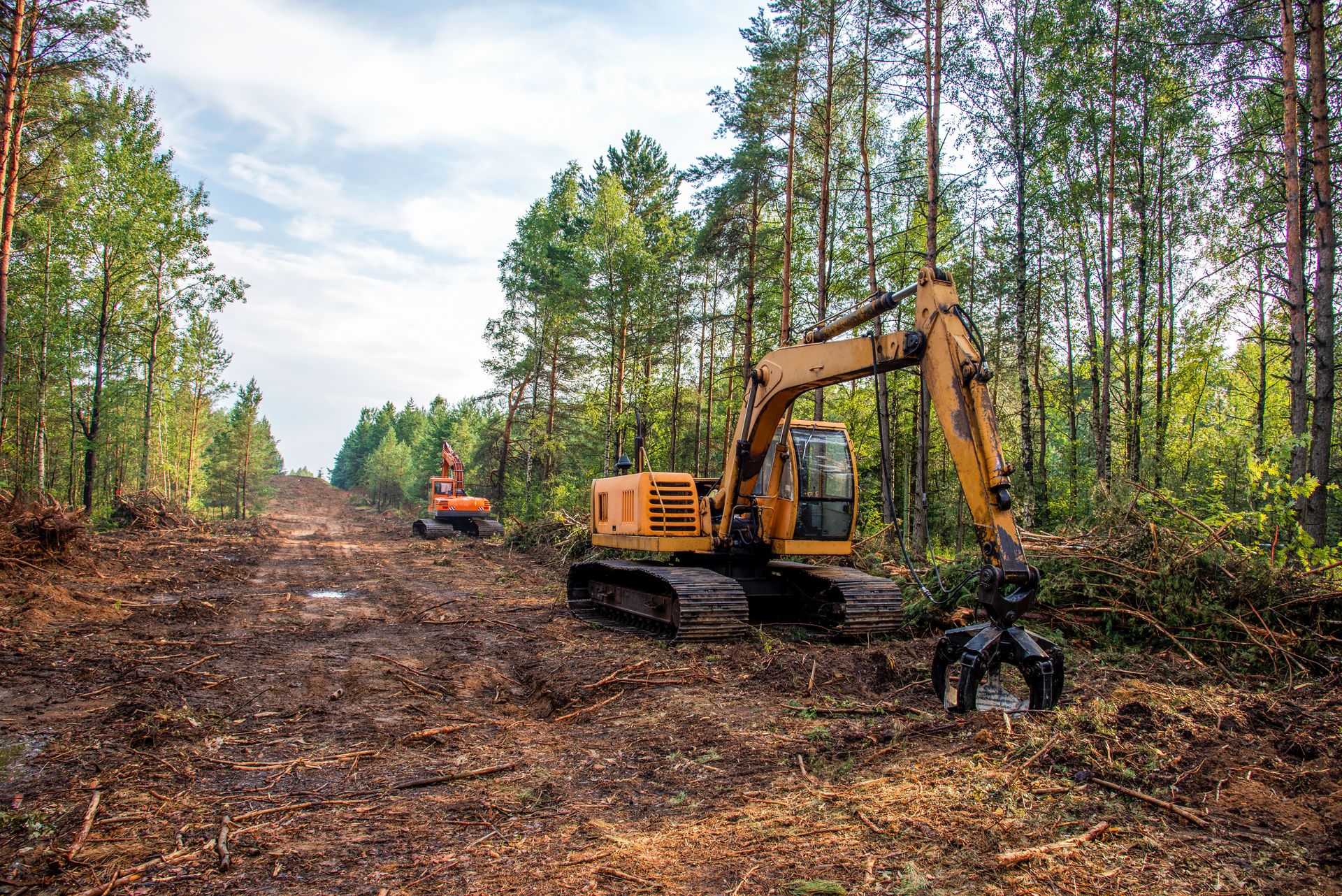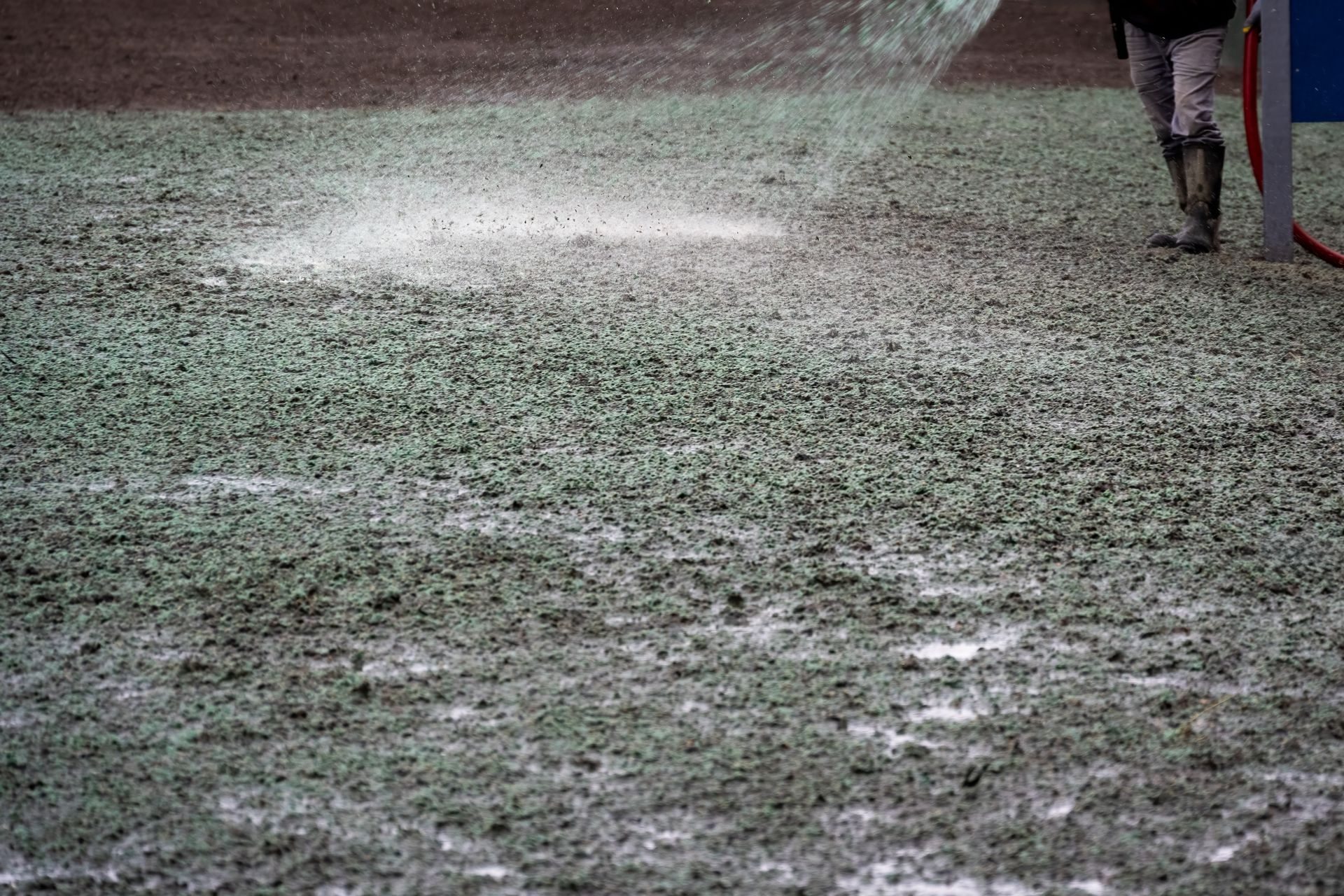Unchecked soil erosion can lead to sedimentation, clog waterways, damage infrastructure, and trigger regulatory violations.
While engineered controls such as retaining walls, riprap, and drainage systems play an important role, vegetation planting is among the most effective and sustainable erosion control tools.…
read more









